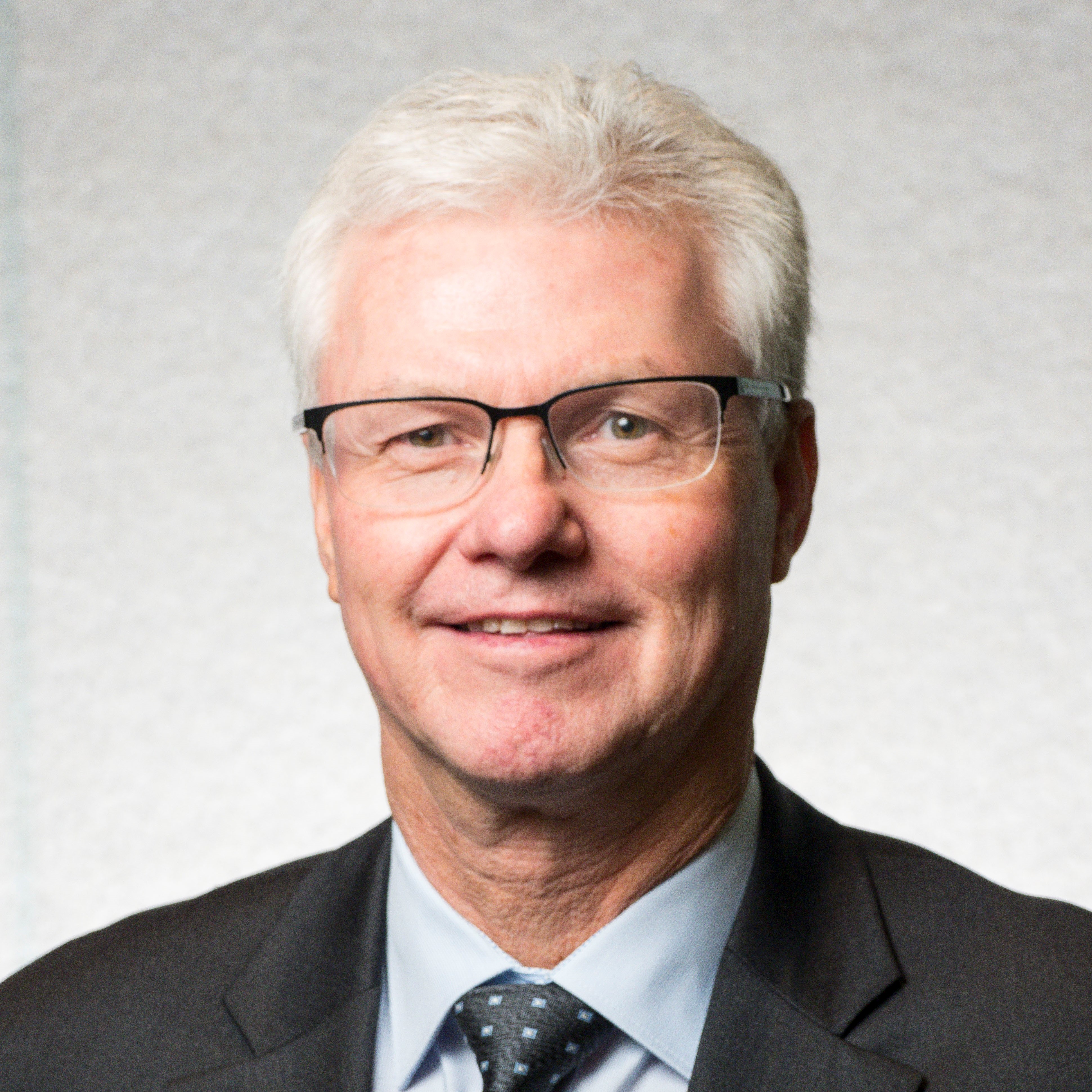Back Surgery
Back and neck pain can be caused by a number of spine conditions. In some cases, nonsurgical treatment may help patients manage neck or back pain.
However, if pain persists with nonsurgical treatment or symptoms progress, surgical intervention may be recommended.
Dr. John Finkenberg, spine surgeon at Orthopedic Specialists of San Diego, is fellowship-trained in spinal reconstruction. Below are some of the the procedures he offers to help patients with back pain.
Sciatica/Disc Herniation
Sciatica is a condition in which pain in the lower back radiates to the legs. It can also cause weakness, numbness, burning, or tingling down the legs. A herniated disc is the most common cause of sciatica.
A disc is herniated when its gel-like center pushes through the thick outer layer of the disc. It is often caused by wear and tear on the disc over time, but can also occur due to excessive pressure on the disc. In rare cases, a herniated disc can cause loss of bladder or bowel control, requiring immediate medical attention.
Herniated discs and sciatica can often be treated with nonsurgical methods, but surgical options are available if sciatica symptoms do not improve with nonsurgical treatment. Surgical options for herniated disc may include decompression or fusion procedures.
Lumbar Spine Surgery
The lumbar spine refers to the portion of the spine in the lower back. The goal of lumbar spine surgery is generally to relieve pain caused by a compressed nerve root, or to relieve pain and disability caused by degenerative disc disease or spondylolisthesis. There are two main types of lumbar spine surgery: decompression and fusion.
Decompression is often recommended for patients with a herniated disc or spinal stenosis in the lower back. During this procedure, a small portion of bone and/or disc material are removed in the area surrounding the pinched nerve to relieve pressure.
A fusion procedure involves removing the disc material at a painful segment of the spine, then fusing the two vertebrae together with a bone graft. This procedure allows for pain relief and greater stability.
Cervical Spine Surgery/Radiculopathy
Cervical radiculopathy, more commonly known as a pinched nerve in the neck, is a common cause of neck pain. Pain typically radiates to the shoulder and may extend all the way down the arm and hand. This condition occurs when a nerve in the neck is compressed or irritated where it branches out from the spine.
Pinched nerves can often be treated with nonsurgical methods. However, if this condition leads to severe tingling, numbness, or weakness in the shoulder, arm, and/or hand, surgery may be recommended. Surgical treatment often involves removing bone or soft tissue, such as disc material, to relieve pressure on the nerve. Sometimes, the vertebrae may be fused together to stabilize the spine.
Kyphoplasty for Compression Fractures
Compression fractures are most common in patients with osteoporosis. Osteoporosis weakens bone, which can cause the vertebrae in the spine to crack and lose height over time. These fractures can lead to back pain, particularly near the area of the fracture.
In some cases, compression fractures can be treated with rest, medications, and/or bracing. However, if pain persists, a kyphoplasty procedure may be recommended. During this procedure, x-ray guidance is used to insert a needle into the fractured vertebra. A small balloon tamp is then passed through the needle into the space in the vertebra and inflated to restore the vertebra to the proper height and shape. The balloon tamp is then removed, leaving behind a space that is filled with bone cement. The bone cement holds the vertebra in the proper position as it heals.
Thoracic Spine Surgery
The thoracic spine is upper-middle portion of the spine. While spine conditions commonly occur in the lower back and neck, there are a number of conditions that can affect the thoracic spine. These conditions include herniated disc, joint dysfunction, degenerative disc disease, compression fractures, scoliosis, and kyphosis.
Thoracic spine surgery may be recommended for these conditions if nonsurgical treatment does not relieve symptoms, or if tingling, numbness, or weakness is present in one or both of the legs.
Laminectomy
During a laminectomy, the back part of the vertebra (called the lamina) is removed to relieve pressure on the spinal cord and nerves. Laminectomy is often used to treat spinal stenosis, herniated disc, or other conditions that can put pressure on the spine and nerves. For this reason, it is sometimes referred to as “decompression surgery.”
In some cases, laminectomy may be performed along with other procedures, such as a discectomy or fusion procedure.
Back Surgery in San Diego, CA
At Orthopedic Specialists of San Diego, we offer a variety of surgical and nonsurgical treatment options for back pain. If you have chronic back pain and would like to schedule a consultation with Dr. Finkenberg to see if surgery is right for you, please call our office at 619-286-9480. Dr. Finkenberg is fellowship-trained in spinal reconstruction, and is happy to go over treatment options and answer any questions you have about back and spine surgery.

